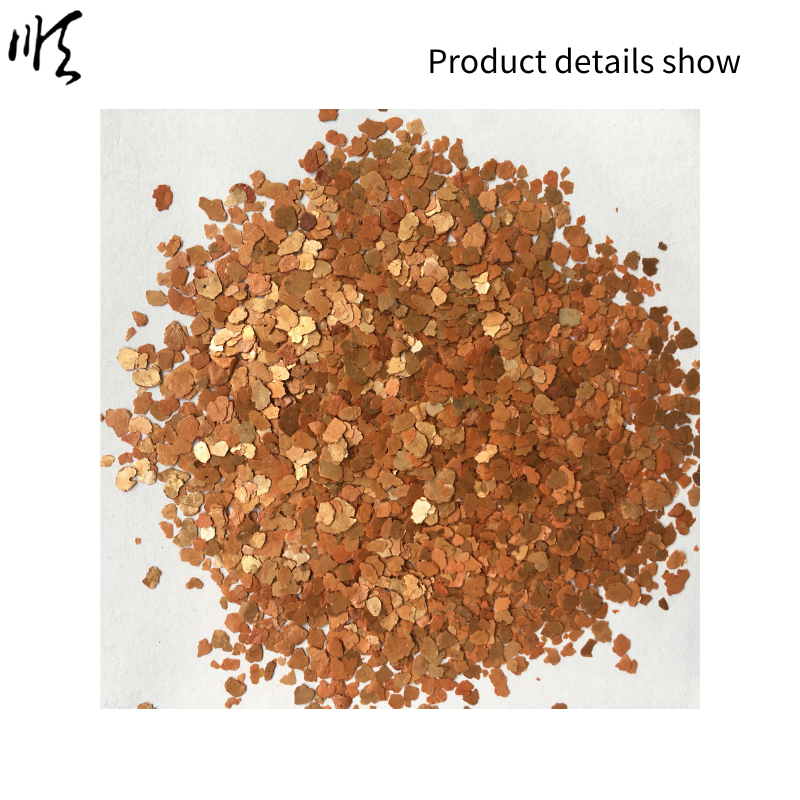
fly ash in concrete blocks
The Role of Fly Ash in Concrete Blocks
Concrete is one of the most essential building materials in the modern construction industry. Its durability, versatility, and strength make it an ideal choice for a variety of applications. However, as the demand for concrete increases, so does the need to incorporate sustainable practices within its production. One notable approach to enhance the sustainability of concrete is the use of fly ash as a supplementary cementing material in concrete blocks.
What is Fly Ash?
Fly ash is a byproduct of coal combustion in power plants. This fine, glassy material is collected from the flue gas emitted during the burning process. It is rich in silica, alumina, and iron, making it a valuable ingredient for enhancing concrete properties. The use of fly ash in concrete blocks not only promotes recycling and reduces landfill waste but also contributes to a more sustainable construction process.
Benefits of Using Fly Ash in Concrete Blocks
1. Improved Workability Fly ash particles are spherical and significantly finer than traditional cement. This property enhances the workability of concrete, allowing for easier mixing and placement. The improved flowability can be particularly beneficial in producing intricate concrete block designs.
2. Enhanced Strength When substituted for a portion of Portland cement, fly ash can contribute to the strength and durability of concrete blocks. The pozzolanic reaction between fly ash and calcium hydroxide, produced during cement hydration, results in the formation of additional calcium silicate hydrate, which is critical for strength development.
fly ash in concrete blocks

3. Reduced Water Demand The use of fly ash in concrete mixtures can lead to lower water requirements. This is because fly ash improves the cohesiveness of mixtures, allowing for a mix with less water while maintaining suitable workability. Lower water-cement ratios can also enhance the overall strength and durability of concrete blocks.
4. Environmental Benefits Fly ash significantly reduces the carbon footprint of concrete production by diminishing the reliance on Portland cement. The production of Portland cement is a highly energy-intensive process that contributes substantially to greenhouse gas emissions. By substituting cement with fly ash, manufacturers can lessen their environmental impact while also promoting the recycling of industrial waste.
5. Cost Efficiency Fly ash is often available at a lower cost than traditional cement because it is a byproduct of coal combustion. Incorporating fly ash into concrete mixes can lower production costs while still maintaining or even improving performance characteristics.
Challenges and Considerations
Despite the numerous benefits, there are challenges associated with using fly ash. The variability in the properties of fly ash, depending on the source of coal and combustion conditions, requires careful quality control and testing. Additionally, the presence of harmful trace elements in some fly ash may pose environmental concerns, necessitating stringent regulations and standards for its use.
Conclusion
Fly ash serves as an innovative and sustainable solution in the production of concrete blocks. Its integration not only improves the technical properties of concrete—such as workability, strength, and durability—but also offers significant environmental benefits by reducing waste and lowering carbon footprints. As the construction industry continues to evolve, the adoption of fly ash in concrete production will play a crucial role in promoting sustainability and resource efficiency. By embracing such practices, we can ensure that future construction is both resilient and environmentally friendly.
Share
-
Premium Talcum Powder Enhanced with GPT-4 Turbo | Soft & Long-LastingNewsAug.02,2025
-
Fly Ash Solutions Enhanced by GPT-4 Turbo | Sustainable InnovationNewsAug.01,2025
-
Natural Premium Bentonite Cat Litter - Superior ClumpingNewsJul.31,2025
-
Premium Resin Coated Sand - High Heat Resistance CastingNewsJul.31,2025
-
High Quality Silicon Carbide Grit for Abrasive ApplicationsNewsJul.30,2025
-
High-Quality Ceramsite for Plants & Gardening | Lightweight PebblesNewsJul.29,2025






